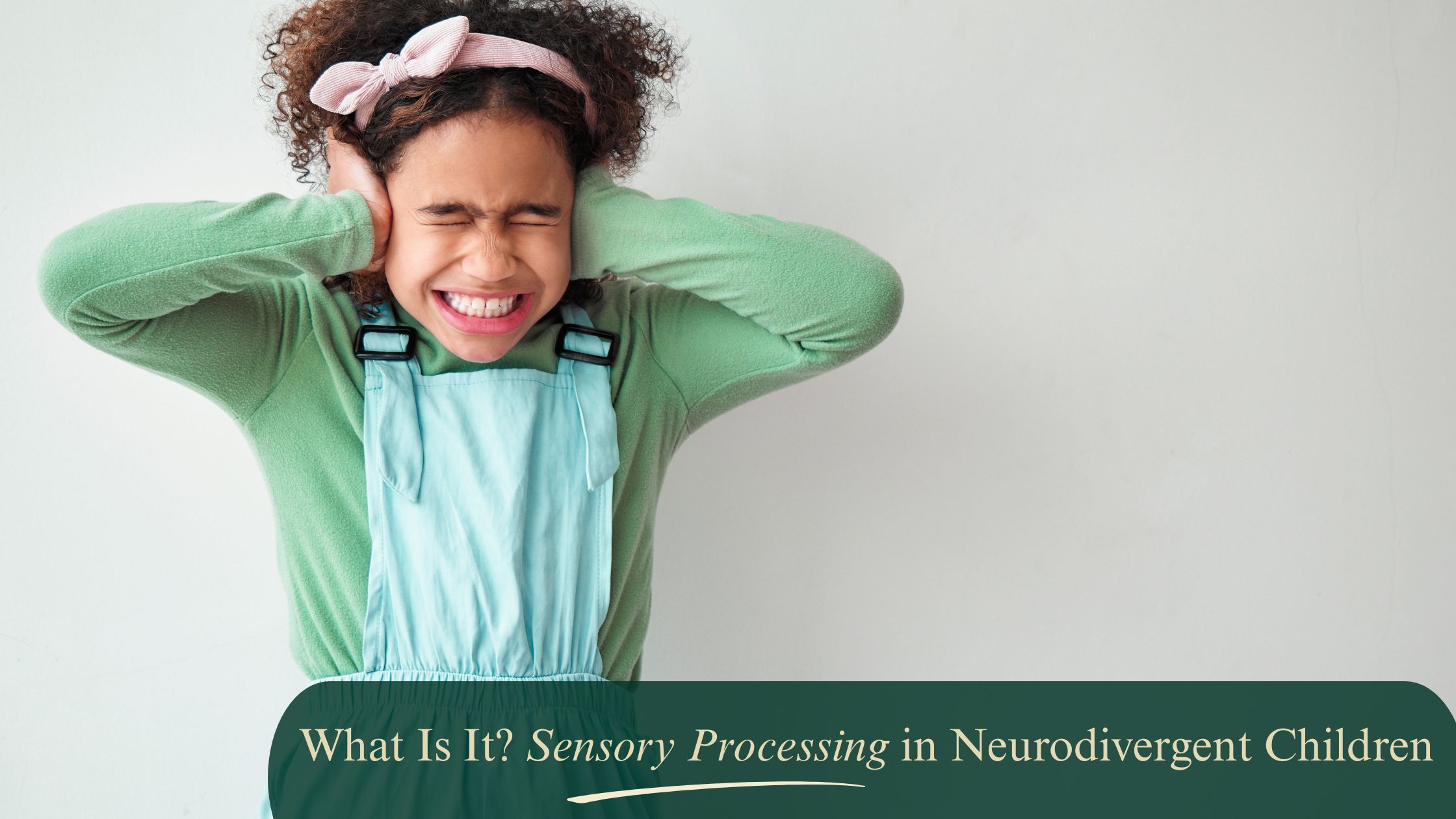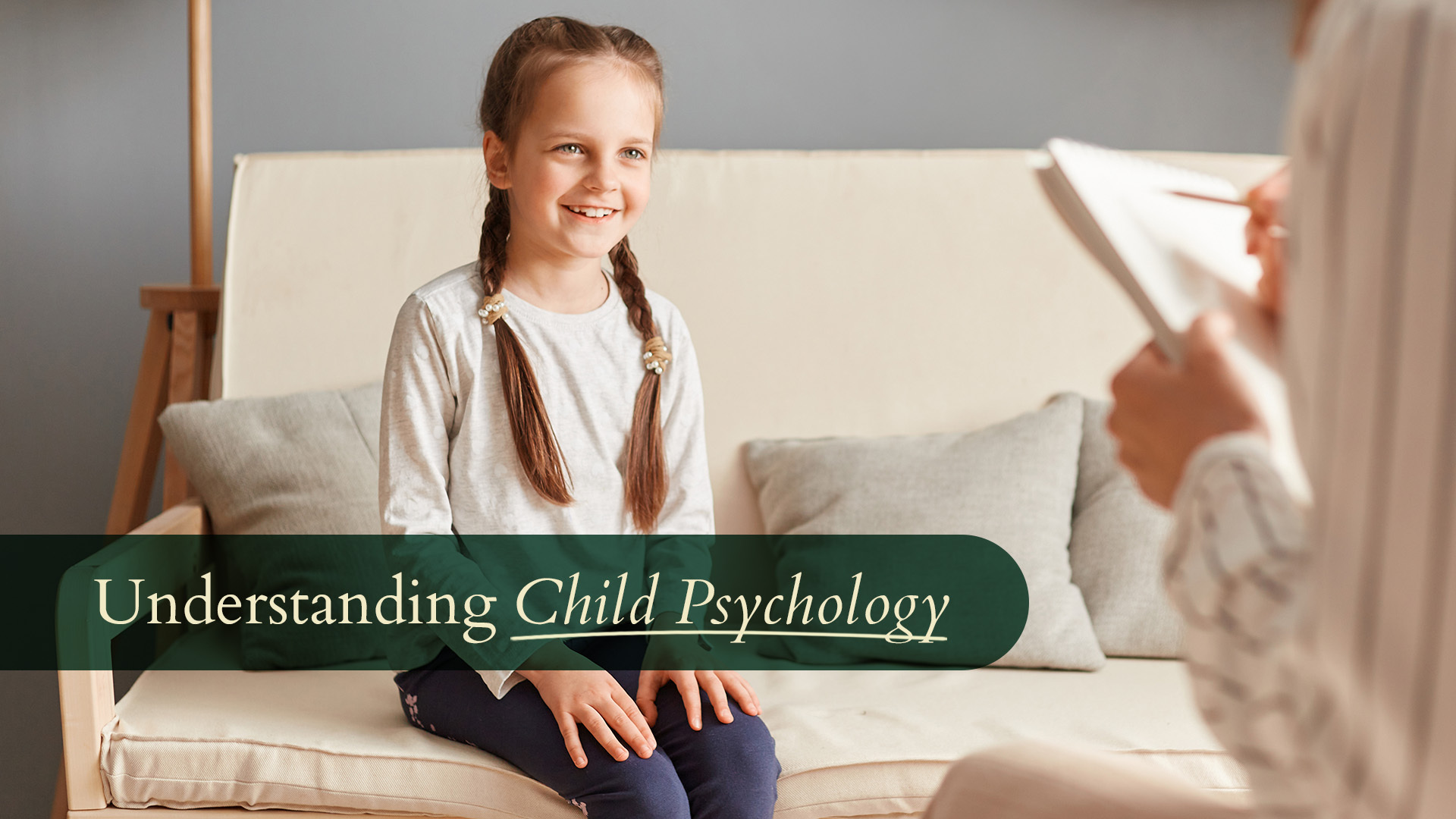

If your child is autistic, has ADHD, or is otherwise neurodivergent, you may have noticed that they respond differently to sounds, lights, textures, smells, or tastes. These responses make up a child’s unique sensory profile. They are not signs of bad behaviour or overreaction, instead, they reflect the way a child’s brain processes the world around them.
Some children are very sensitive to sensory input. A seemingly small sound, like the hum of an air conditioner or the ticking of a clock, might feel uncomfortably loud or distracting. Certain fabrics can feel scratchy or unbearable.
Other children seek out extra sensory input. They may enjoy deep pressure, spinning, jumping, or prefer bright, stimulating environments. Research shows that these differences in sensory processing are part of a person’s neurological make-up and are often present from birth.
Sensory differences can influence many areas of everyday life:
At school: Noise and bright lights can make it hard to concentrate, leading to challenges in the classroom.
At home: Mealtimes may be difficult if food textures feel unpleasant.
In social settings: Busy environments can quickly lead to sensory overload, resulting in overwhelm, shutdowns, or meltdowns.
These moments are rarely a child “choosing” to be difficult, they are genuine reactions to an environment that feels overwhelming.
A neuroaffirming approach focuses on understanding and supporting a child’s sensory needs, rather than trying to change them. Helpful strategies may include:
Creating a quiet corner or calm space.
Offering noise-reducing headphones.
Providing advance notice before using noisy appliances.
Encouraging a child to step outside or take breaks when needed.
The most effective supports are often developed in partnership with the child, by asking what feels comfortable and what makes them feel safe. Communication during calm moments can help, rather than trying to problem-solve in the middle of sensory overwhelm.
When parents, teachers, and communities take the time to understand a child’s sensory profile, children are more likely to feel calm, secure, and ready to engage with the world. Small, thoughtful adjustments can make a big difference to their self-understanding, confidence, and wellbeing at home, at school, and in social settings.
If you’d like personalised strategies to support your child’s sensory needs, our team at PsychologyCare can help. We provide neuroaffirming assessments and practical tools for families to create calmer, more supportive environments.
By Alexandra Croft
Clinical Psychologist at PsychologyCare










